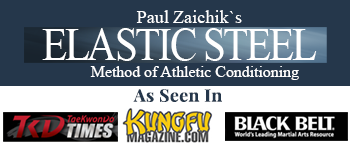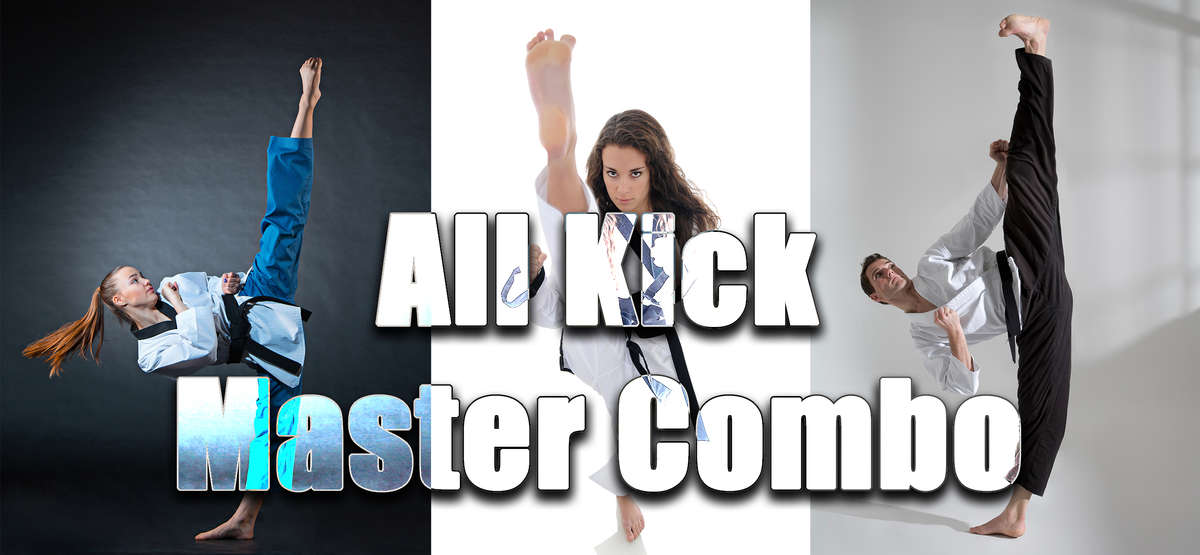Martial Arts Boxing Injuries - Plantar Fasciitis. How to prevent and heal Plantar Fasciitis
Who?
This injury is most common among kick boxers, boxers and MMA fighters. Point fighters and JKA fighters have less of it, with TKD and kicking styles having the least.
How?
The main mechanism of injury is a chronic use of the fascia. It usually does not develop from an “accident”. In most cases it accumulates over time.
What?
Plantar fasciitis is an inflammation of the fascia on the bottom of the foot. (The part between heel and ball of the foot).
This condition is very debilitating as the fighter can’t train, and worse can’t even walk, or do other standing activities without pain.
Why?
Now you are probably thinking why do specific styles have this injury more than others?
Here is the answer:
- Movement of the big toe under pressure, as well as extension of the toe (pulling it up) under plantar pressure, is the most common mechanism of injury in PUNCHERS.
In much simpler terms if you fight in a “trigger” stance, as opposed to a flat stance, your chance of injury is much higher. A trigger stance is when the back heel is off the floor. This is more common in some styles than others.
- A chain puncher is more likely to spend time in this position, compared to a single puncher striker. A person who mixes up kicks and punches is less at risk.
- Finally, a fighter who keeps the same leg forward is at added risk.
So, a Boxer for example is:
- Most often, with rare exceptions, a chain puncher.
- Often uses a trigger stance.
- Fights with the same side in front.
There are also genetic reasons.
For example, martial artists or boxers whose structure of the foot is such that their great toe is longer than the rest of the toes, is at a higher risk for inflammation of plantar fascia. This is due to greater stress because of longer lever.
Some people have a higher tendency for inflammation than others when it comes to soft tissue. It’s very individual. Of course, a location on the body where a person carries tension, one’s occupation and other factors can make certain parts of the body more prone to injuries than others.
What to do if you got plantar fasciitis
Here is where it gets tricky.
- Some people feel better from stretching, some worse.
- Some people feel better from cold applications and some from warm.
- The reason usually is if the fascia is tight or inflamed.
Most people feel worse from stretching as well as from massage, when there is an acute inflammation. Rolling a ball under the foot is a common treatment for plantar fasciitis. This works well for tight tissue and the discomfort coming from tightness or spasms.
On the other hand, an acute condition will be aggravated if massage is applied. This principle applies to other tendons as well. Such as an Achilles tendon, biceps tendon, hamstrings tendons, etc.
So, what can one do? I am not a medical doctor, and I don’t give medical advice. I can simply state what have worked for me and for others. As always before taking anything suggested here, do your own research or ask a specialist.
- Ferrum Phos or Cell Salt #4, also known as Schuessler Cell Salts. This salt is good for first stages of inflammation. Muscles, tendons, even sore throat.
- Ruta 30C Homeopathic Remedy. Especially when lameness is present. Ruta 30C is a good potency. From my experience this helps to speed up recovery. There are other remedies, such as Arnica, Rhus Tox, and other homeopathic remedies that work, depending on the symptoms.
Again, do your own research and ask a specialist. Over the counter as well as prescription medications, as well as injections can also be done. It’s not my personal choice, but everyone is different.
Next question that comes up often is “Can’t I just switch sides?”
You can train both sides. However, that is usually not an answer. Simply because, if you still train the same amount of time on one side as the other, you still put the same amount of strain. And if you half your training to do 50% on one side and 50% on the other, your results will not be the same.
I know people who switched sides. Orthodox became south paw, just because of plantar fascia pain. In most cases, they have developed the plantar fasciitis on the other side over time. Meaning they had it on right side and after putting left leg back, the left foot developed the same issue.
Healing Options
Allowing time to heal is always recommended. Anti-inflammatory medications or injections, herbs, homeopathy, cells salts, acupuncture, castor oil packs, and other methods can speed up recovery.
Some people who are at risk, will most likely get re-injured. If the 3 points of risk above are met and a person is also pre-disposed to plantar fasciitis.
What else can be done to help ease the discomfort of plantar fasciitis? The short answer is “shoes and sleeves”.
Fitness Shoes: If you can train with fitness shoes on, train with them. The goal is to restrict the movement of the big toe and the isolation of the big toe. The less it moves, and the less pressure is on it, the less chances of getting plantar fasciitis from punching.
Compression Sleeves: Second option is a compression sleeve for the foot. This option will give support to fascia, but will not stop the great toe from moving. It’s a second choice. Most fighters use this when competition rules require being barefoot. Even better is to combine both shoes and compression sleeves.
Conditioning: Can you condition the tendons? Technically you can. Exercises such as toe crawls strengthen the planar fascia. (In standing position move forward, simply by pulling with toes.) There are many other exercises as well. While theoretically these exercises should protect from plantar fasciitis, practically I have not found any studies confirming it. My opinion, based on behavior of other tendons is that conditioning can buy more time, before injury happens, but it will probably happen sooner or later if the biomechanics and predisposition is there.
Stretching: We know that stretching an inflamed tendon is bad idea. What about a healthy tendon? A typical plantar fascia stretch involves pulling the toes up (like in ball of the foot point of impact). Does this stretch protect from over-use of plantar fascia? I have not seen it decrease the chance of injury or prevent recurrence of injury. It’s not good science to simply corelate stretching and lack of injury. For example, someone who does this stretch and never injures his plantar fascia may not have injured it, even if he never done the stretch.
Tracking method: Another method requires a little bit more work. It involves a careful study of yourself. Taking proper breaks in training and periodization often can prevent an injury. There are 3 ways to do it.
- Experiment to see how long it takes for the tendon to heal. You may have to train every 3 days, and not every 2 for example.
- Figure out how many reps cause an injury. For example, at about 150 punch combinations the injury occurs. Feeling for pain as well as applying pressure should help you to gather information. Keeping a detailed journal of training is a big plus.
- Know exactly how many training sessions can cause an injury. For some people it’s 6 sessions for some it’s 10 or 12. This means that every 5 (in case of 6 sessions) a break should be taken, perhaps for a week or longer.
The tracking method is not fun, but once you figure out your rate of injury, it pays off. I hope this article will help you to stay safe and pain free.
Check out the Flexibility and Strength for Boxers program:
This combo contains two programs:
- Upper Body Flexibility
- Lower Body and Core Flexibility
Buy the Boxing Combo now or click on the cover above to get more info.
Do You Want FAST Mastery of Your KICKS?
3-4 years of Training, You can Master in 5-6 Months!
Or... Do you Prefer the Standard Method..?
“kick and kick and kick some more....
and hope that it will work somehow, eventually...
If you are open to a new method... Click HERE >>
© ElasticSteel Corp., EasyFlexibility, Paul Zaichik, et. El., 2022. No part of the materials available through ElasticSteel.com, EasyFlexiiblity.com, site may be copied, photocopied, reproduced, translated or reduced to any electronic medium or machine-readable form, in whole or in part, without prior written consent of Paul Zaichik EasyFlexibility.com, Elasticsteel.com.. Any other reproduction in any form without the permission of Paul Zaichik EasyFlexibility.com, Elasticsteel.com is prohibited. All materials contained on this site are protected by United States copyright law and may not be reproduced, distributed, transmitted, displayed, published or broadcast without the prior written permission of Paul Zaichik, EasyFlexibility.com, Elasticsteel.com.




